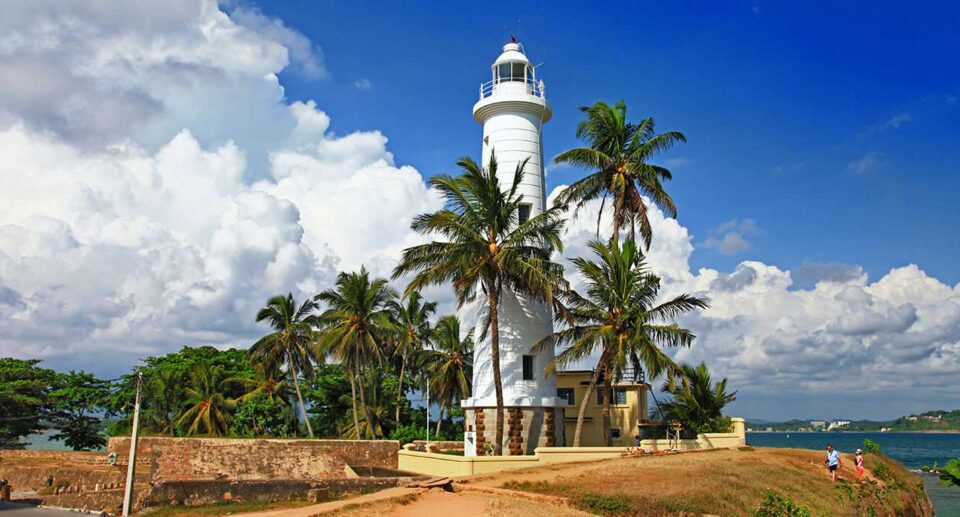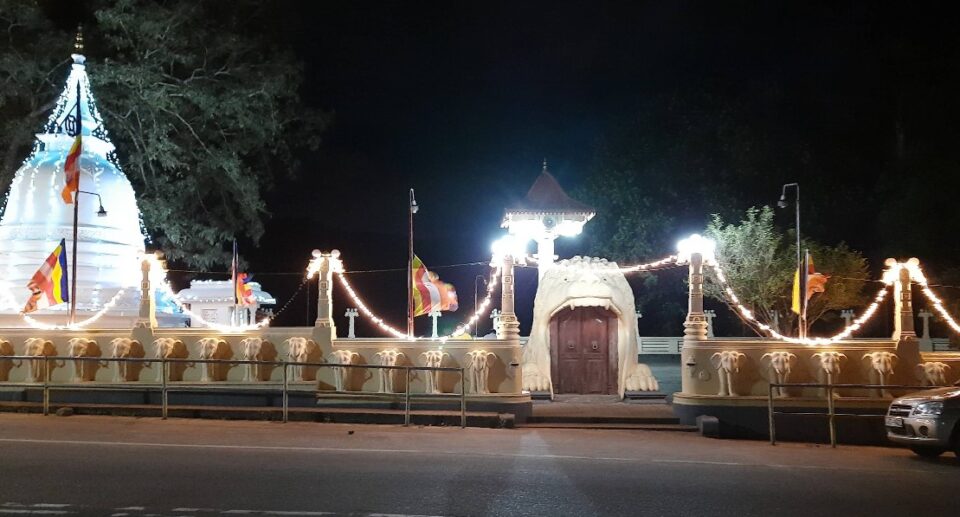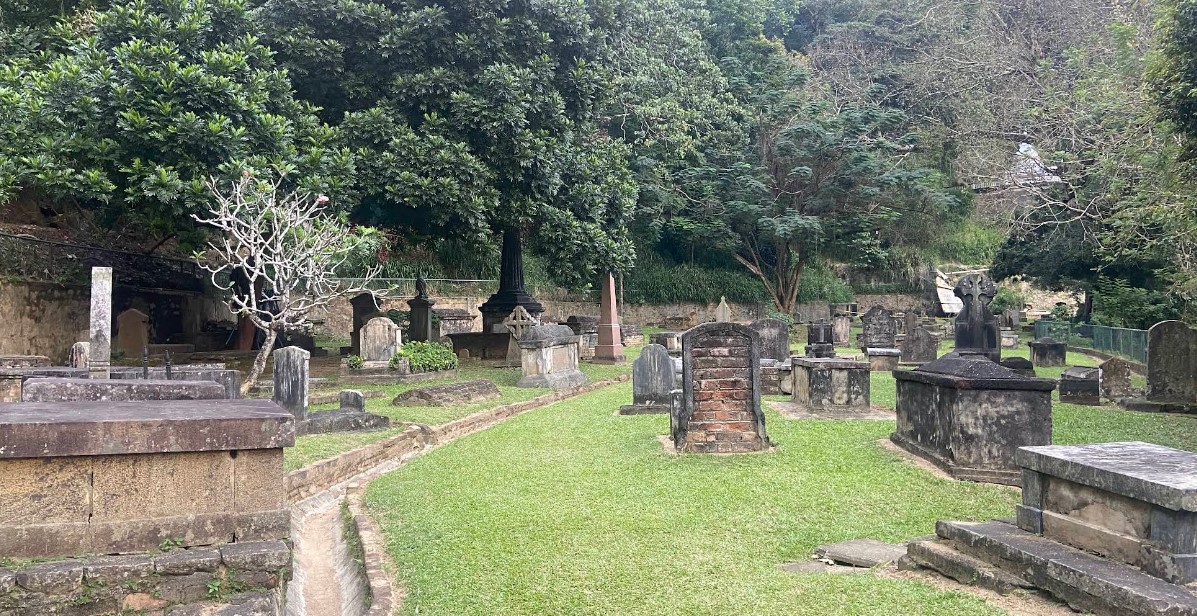National Maritime Museum, Galle: A Gateway to Sri Lanka’s Seafaring Legacy
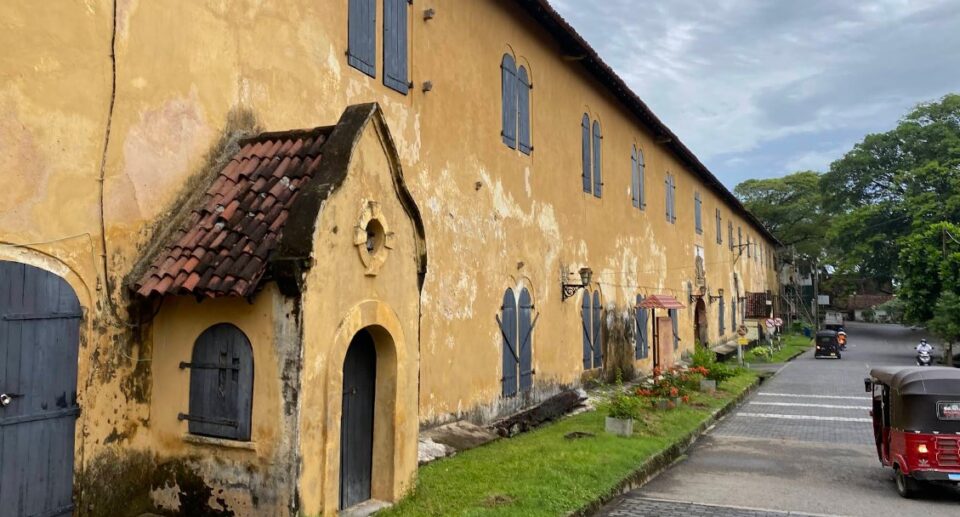
The National Maritime Museum of Galle, located in the historic Galle Fort on the southern coast of Sri Lanka, is a tribute to the island nation’s ancient and continuing interaction with the sea. The museum not only protects Sri Lanka’s maritime past but also serves as a window to the island’s role in ancient trade routes, colonial naval supremacy, and traditional fishing. Housed in a colonial-period building that was formerly used by the Dutch East India Company, the museum provides a fascinating confluence of history, culture, and ecology.
Historical Context
Sri Lanka’s location in the Indian Ocean has made it a significant hub for sea trade for centuries. As long ago as 2,000 years, Chinese, Middle Eastern, and European traders visited Sri Lanka’s ports, including Galle, to exchange spices, gems, textiles, and ivory. During colonial periods, the Dutch, Portuguese, and British battled for control of these beneficial harbors.
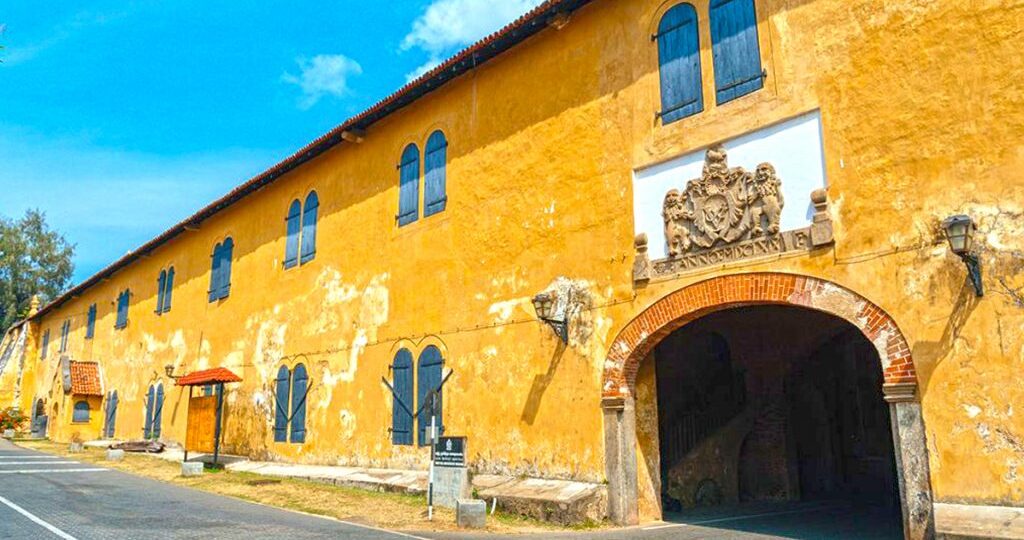
The museum is itself situated in a building constructed in 1671 by the Dutch East India Company as a warehouse within the fortified city walls of Galle Fort, that UNESCO World Heritage Site which has been so astoundingly well-preserved. The actual building of the museum itself testifies to the durability and elegance of colonial architecture thick coral-stone walls, arched corridors, and high ceilings wafted cool by sea breezes.
The National Maritime Museum opened in 1992, making use of this historical structure to showcase Sri Lanka’s maritime history. Tragically, a large portion of the collection was lost in the devastating 2004 Indian Ocean tsunami. Luckily, with the help of the Dutch, the museum reopened in 2010, restoring its purpose as a cultural and educational center.

Exhibits and Collections
The museum’s collection spans centuries of Sri Lanka’s maritime past, and the presentation is as inspirational as it is instructive. The displays range from archaeological relics, traditional vessels, naval hardware, models, and natural history specimens relating to the sea and its life.
- Shipwreck Artifacts
The southern coast of Sri Lanka has shipwrecks that are more than 800 years old. Some of the relics from these wrecks, such as anchors, cannonballs, earthenware, coins, and navigational tools, are preserved at the museum. The relics tell of early European exploration and trade and the dangers sailors once faced sailing these waters.
One of the most evocative exhibits presents the artifacts recovered from the Dutch ship Avondster that sank off Galle in 1659. The meticulous conservation of the artifacts brings home to the visitor the technological and cultural exchange between Europe and Asia via maritime contact.
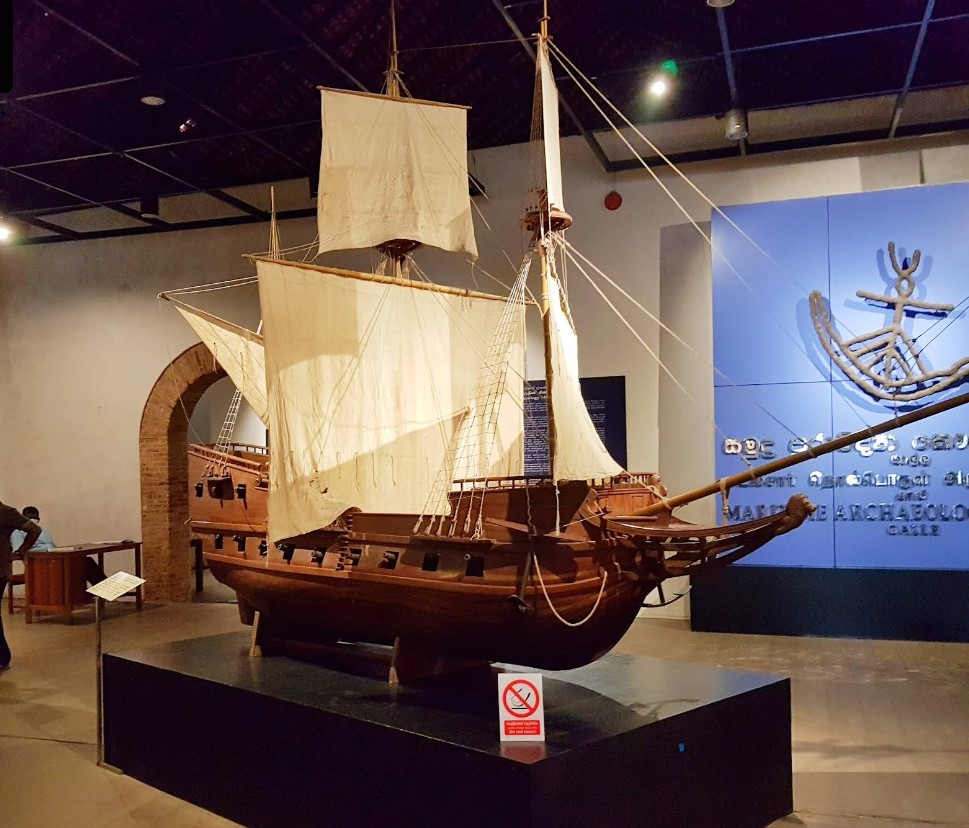
- Traditional Boats and Fishing Methods
Most of the museum space is dedicated to the exhibition of traditional Sri Lankan fishing vessels, such as the oruwa (outrigger canoe) and kattumaram (catamaran). These vessels, constructed using techniques that have been passed down through generations, continue to be utilized by the majority of coastal settlements today.
Hands-on displays explain the fishing methods, equipment, and seasonal rhythms that govern life in Sri Lanka’s fishing communities. The resilience and resourcefulness of local fishermen are revealed in this section of the museum, as they have managed to live in harmony with their environment in very innovative ways.
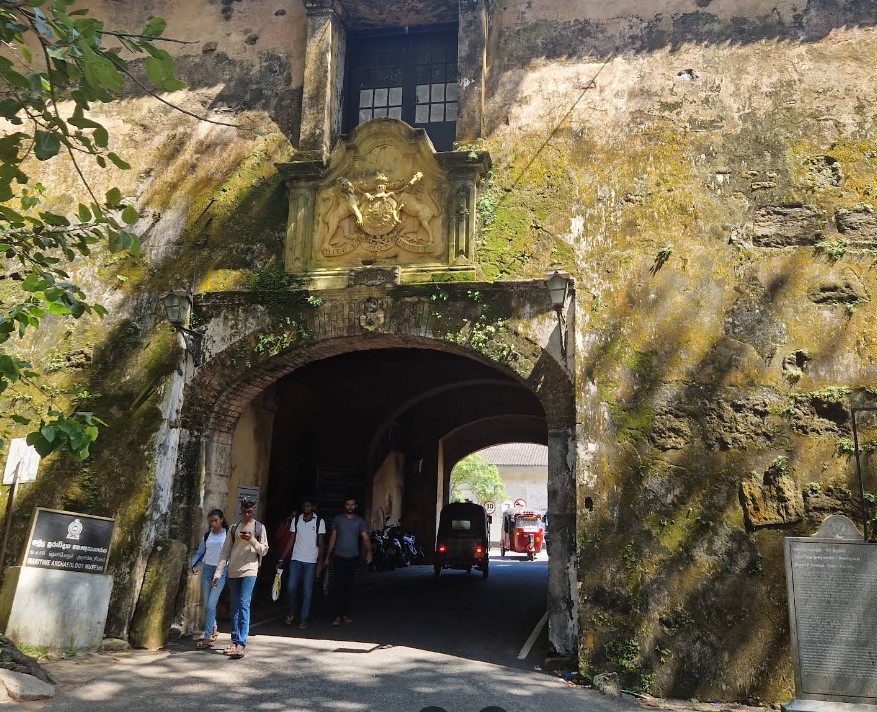
- Marine Biodiversity and Ecology
In addition to historical artifacts, marine conservation and ecology are a priority of the museum. Coral reefs, seagrass beds, mangroves, and the marine life of the Indian Ocean off Sri Lanka are all presented in dioramas and models. The purpose is not only to inform but to alert visitors to the environmental threats these ecosystems face, including overfishing, plastic, and climate change.
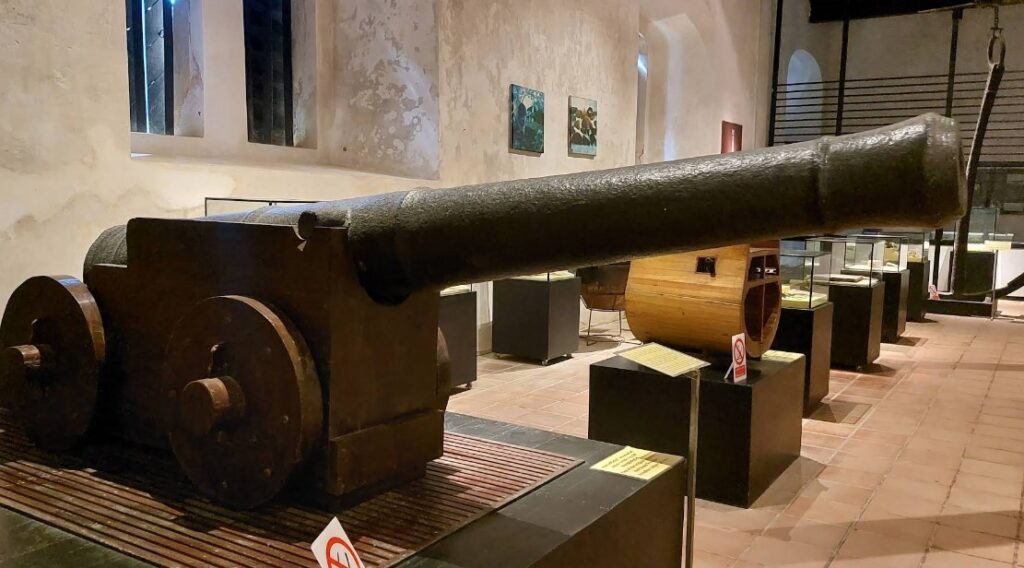
The educational opportunity herein is vast especially for school groups and children so the museum serves as an excellent resource for the promotion of sustainable practices and environmental stewardship.
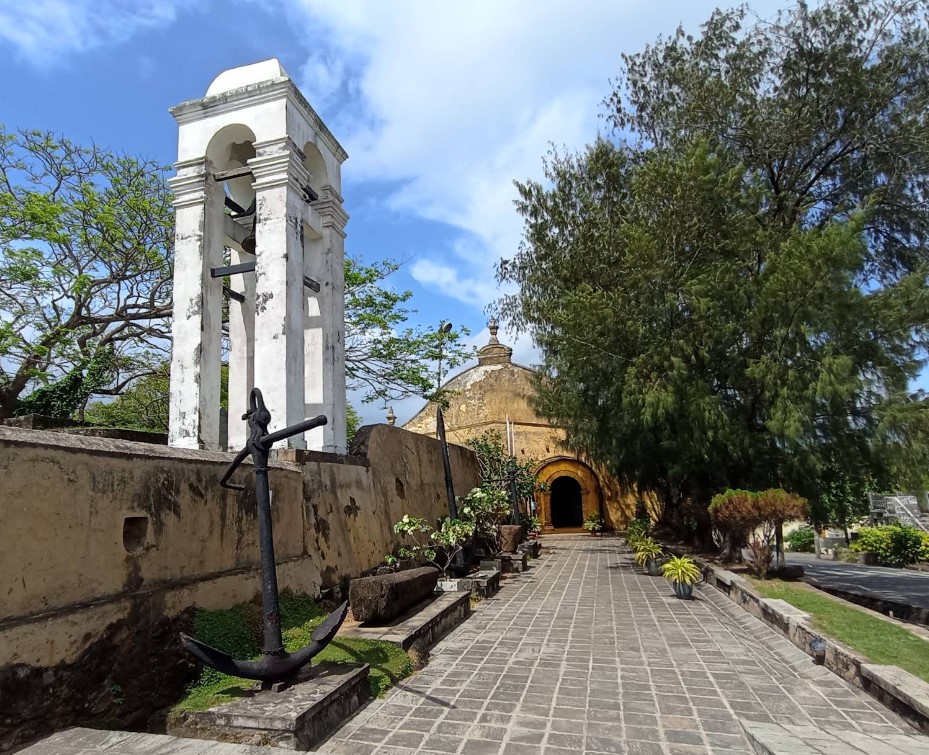
Cultural and Educational Significance
More than a mere assortment of objects, the National Maritime Museum can play a significant role in preserving and enhancing the cultural identity of Sri Lanka. The sea has influenced the cuisine, language, architecture, and customs of the island. This relationship is embodied in the museum, which exhibits how maritime activity has influenced Sri Lankan society through trade, migration, warfare, and cooperation.
The museum also hosts temporary exhibits, research studies, and educational programs in collaboration with local universities and international heritage organizations. These activities encourage the ongoing study and conservation of nautical artifacts and seashore heritage and render the museum a living institution, rather than merely a repository for the past.
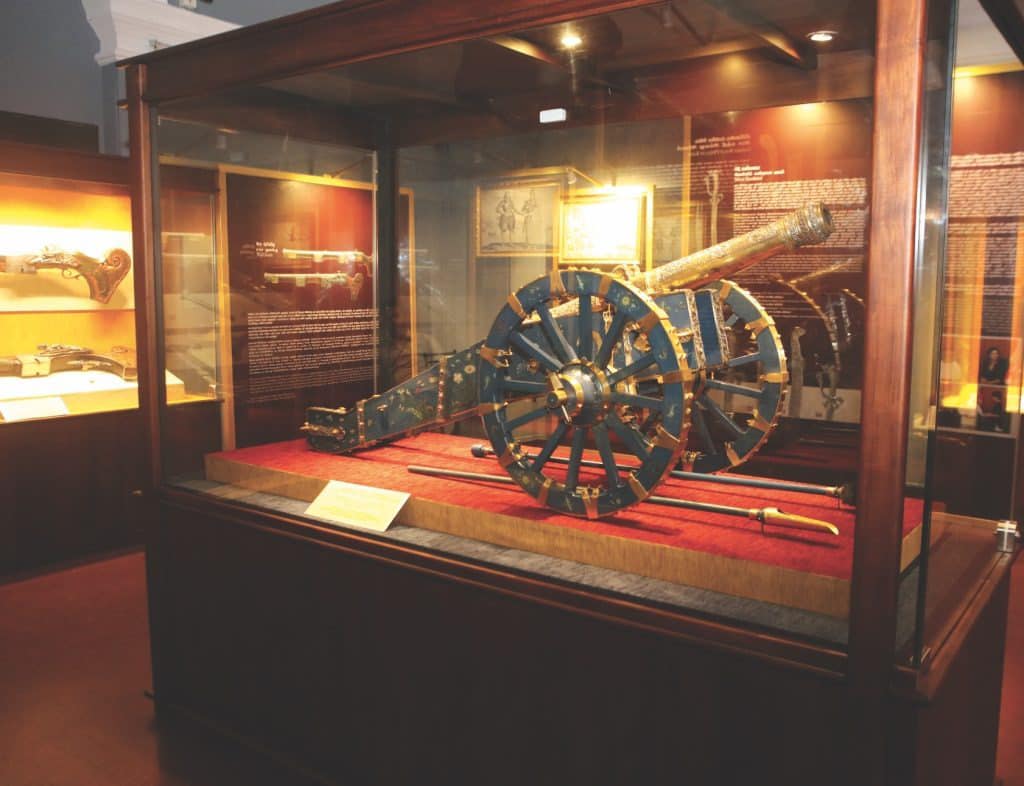
Student workshops, heritage lectures, and archaeology student training programs have made the museum a hub for exchange of knowledge and cultural exchange. The rebuilding of the museum after the tsunami also serves as a symbol of recovery, resilience, and international collaboration.
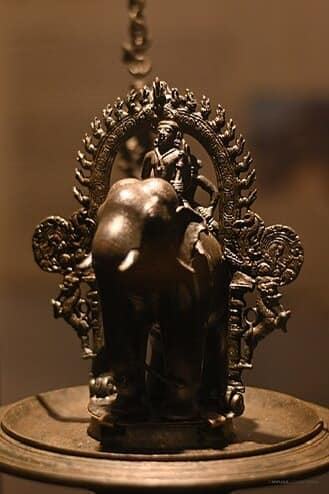
Visitor Experience
The National Maritime Museum is situated on Queens Street within Galle Fort, conveniently accessible on foot within the fort. The setting of the museum is as much a part of its appeal as what’s contained within. The views of the ocean from here are panoramic, and visitors can also walk the fort’s old ramparts and visit nearby attractions like the Galle Lighthouse, Dutch Reformed Church, and Galle Fort Clock Tower.
Internally, the museum is clean, well organized, and welcoming. The display panels are in Sinhala, Tamil, and English, allowing both Sri Lankan and international tourists to visit. A small gift shop sells books, maps, and handicrafts with a maritime heritage theme, allowing visitors to take a piece of Sri Lanka’s maritime history home.
The entrance fees are minimal, and concessions are often offered to large groups and students. The friendly staff are normally more than happy to provide guided explanations and additional information for curious visitors.
How To Go
By Car or Taxi
- Distance: Approximately 120 km
- Time: Around 2.5 to 3 hours
- Route: Take the Southern Expressway (E01) south from Colombo to Galle. Exit at the Galle Interchange and follow signs to Galle Fort. The museum is situated on Queens Street within the fort.
By Train
- Departure: Colombo Fort Railway Station
- Arrival: Galle Railway Station
- Duration: Approximately 2.5 to 3 hours
- From Galle Station: It’s about a 15-minute walk to the museum. Exit the station, turn left onto Church Street, and continue straight until you reach Queens Street. Turn left onto Queens Street, and the museum will be on your right
By Bus
- Departure: Colombo Central Bus Station (Pettah)
- Arrival: Galle Bus Station
- Duration: Approximately 3 to 3.5 hours
- From Galle Bus Station: It’s about a 10-minute tuk-tuk ride or a 20-minute walk to the museum. Head towards Galle Fort, and the museum is located on Queens Street within the fort.
By Tuk-Tuk
Once in Galle, tuk-tuks are readily available. You can hire one to take you directly to the National Maritime Museum on Queens Street within Galle Fort. It’s advisable to agree on the fare before starting the journey.Museum Hours & Admission
Local residents: LKR 20 (Adults), LKR 10 (Children)
Hours: 9:00 AM – 4:30 PM, Tuesday to Saturday
Admission Fees:
Adults: LKR 550
Children: LKR 300
Address & Contact
- Address: Queens Street, Galle Fort, Galle, Sri Lanka
- Phone: +94 91 2242261
- Website: museum.gov.lk
Map of National Maritime Museum, Galle






